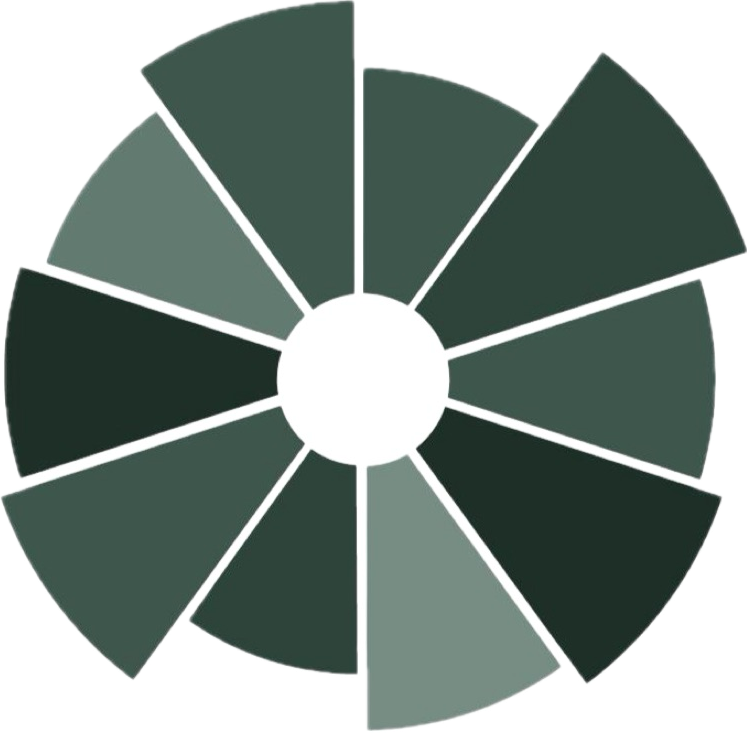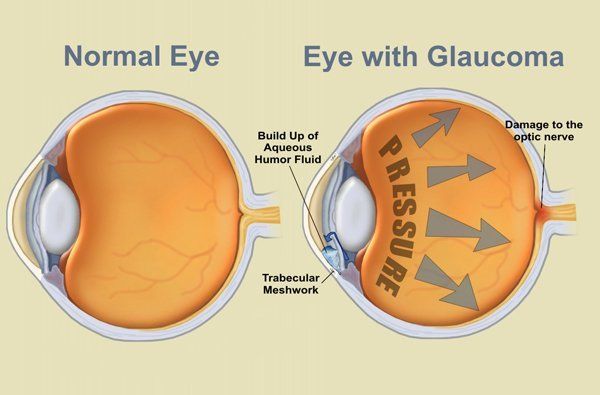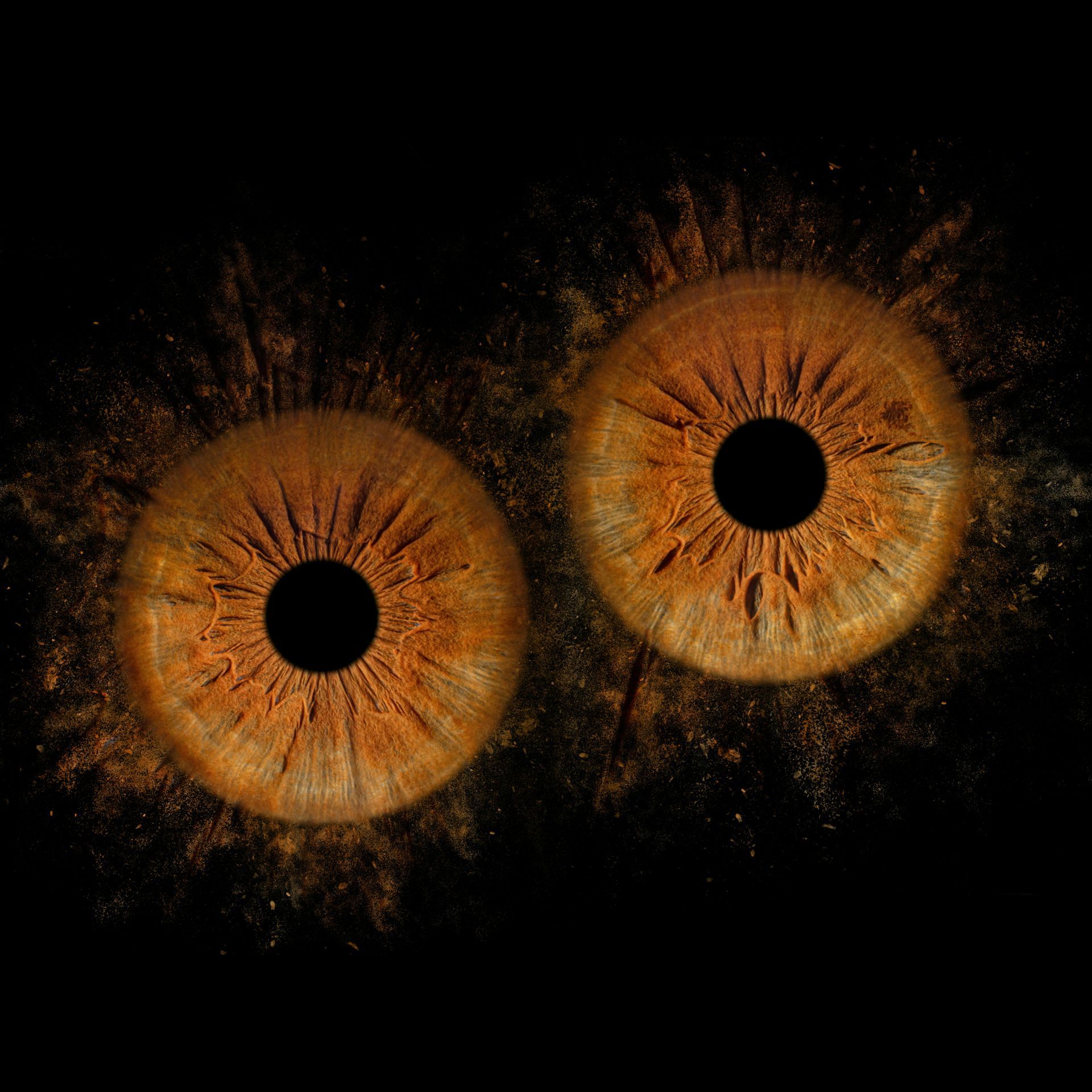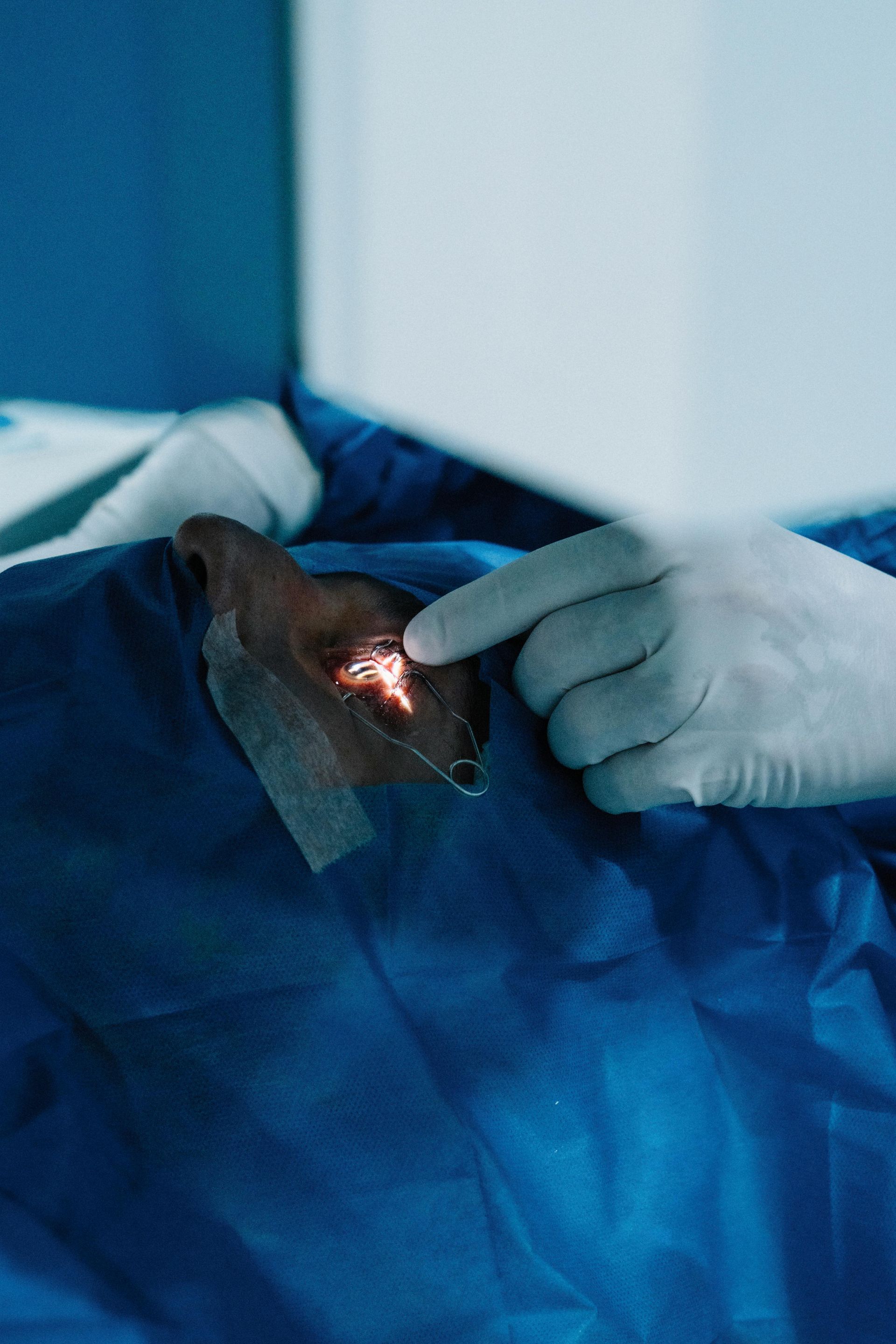Diabetes, low blood sugars, and the eye

Blog vol 3. 35. Diabetes, low blood sugars, and the eye
Each week I spend some time combing through the latest research to keep up on new trends and treatments, and …. to have interesting topics for a blog:) This week’s news comes from John Hopkins Medicine: a paper in Cell Reports relating transient hypoglycemia (temporary low blood sugar levels) and eye disease in diabetic patients.
Please note: People with diabetes are at risk for eye issues and should have their eyes examined every year. A third of Americans with diabetes end up with diabetes-related eye problems, a substantial number. This is an OHIP-covered service for all ages.
Keeping your blood sugars under control is the essence of diabetic management. Yet, having a tight rein on your blood sugars can still leave you open to transient episodes of hypoglycemia, which can lead to retinal problems. Why is this the case? What Dr. Chianyo Guo and team wanted to know is what mechanism caused this problem. The mechanism that leads to eye problems during high blood sugar level episodes is known, the mechanism that leads to eye problems during low blood sugar level episodes is (was) not.
Knowing these mechanisms helps greatly in prevention and treatment.
Their research showed that these episodes of low blood sugar levels result in the increase of certain retinal cell proteins which then start a chain of events resulting in the overgrowth of blood vessels.
The challenge is to keep the blood sugars steady.
What happens: When a person has low blood sugars, the retinal cell’s ability to break down glucose for energy is reduced. At the same time, the cells increase their production of proteins that transport glucose into the cells. This increase in glucose to the cell raises levels of Hypoxia-Inducible Factor (HIF-1a), which floods the cell nucleus and finally results in the increased production of VEGF, which promotes abnormal blood vessels, which is the problem and can lead to vision loss. (Find out more here)
Does this same cascade works in other tissues, like the kidneys and the brain? Are treatments that focus on this HIF-1a pathway a possibility? Lots more work to be done.
So keep the blood sugars steady, not too low, not too high. Have your glycosylated hemoglobin (A1C) numbers handy when you come in for your eye exam. For the uninitiated, A1C tells the percentage of red blood cells that have glucose bound to their proteins and gives a three-month window to monitor levels. If you are concerned about diabetes, or if it is in your family, have your GP order an A1C for you, an easy blood test with no fasting required.
til next week,
the good doctor






